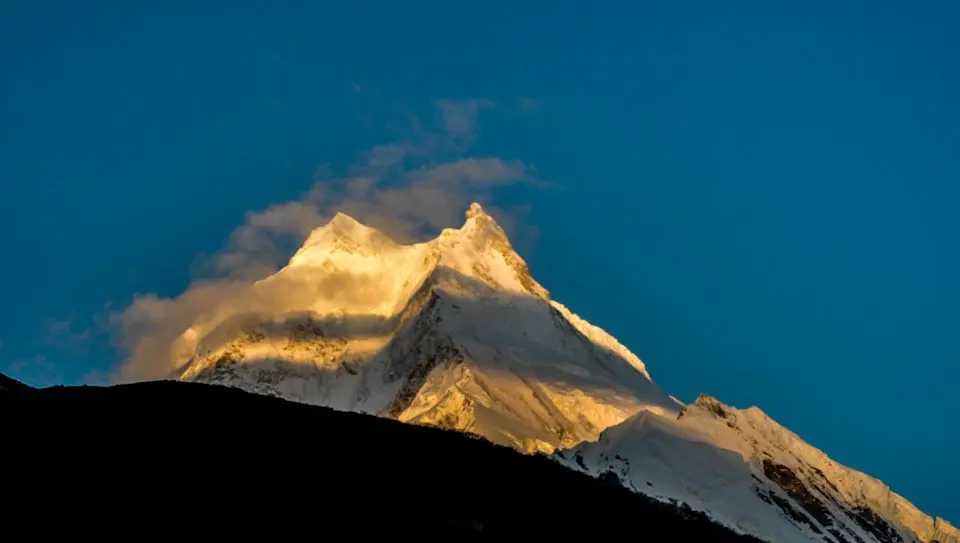**Excerpt:** The Nepal Mountaineering Association (NMA) has announced revised climbing royalty fees and a new mandatory insurance scheme for mountain guides, effective in 2025. From...
20
Aug
Aug


**Excerpt:** The Nepal Mountaineering Association (NMA) has announced revised climbing royalty fees and a new mandatory insurance scheme for mountain guides, effective in 2025. From...
The Annapurna Region is a trekker’s paradise. This is where mountain dreams come to life. Imagine yourself waking up with crisp Himalayan air and...
The Khumbu Icefall has been declared safe and fully prepared for the 2025 Everest climbing and trekking season. With route fixing completed and safety...
Set out on a remarkable journey to Everest Base Camp in autumn 2025. Enjoy crisp mountain air, colorful rhododendron blooms, and unforgettable views as...